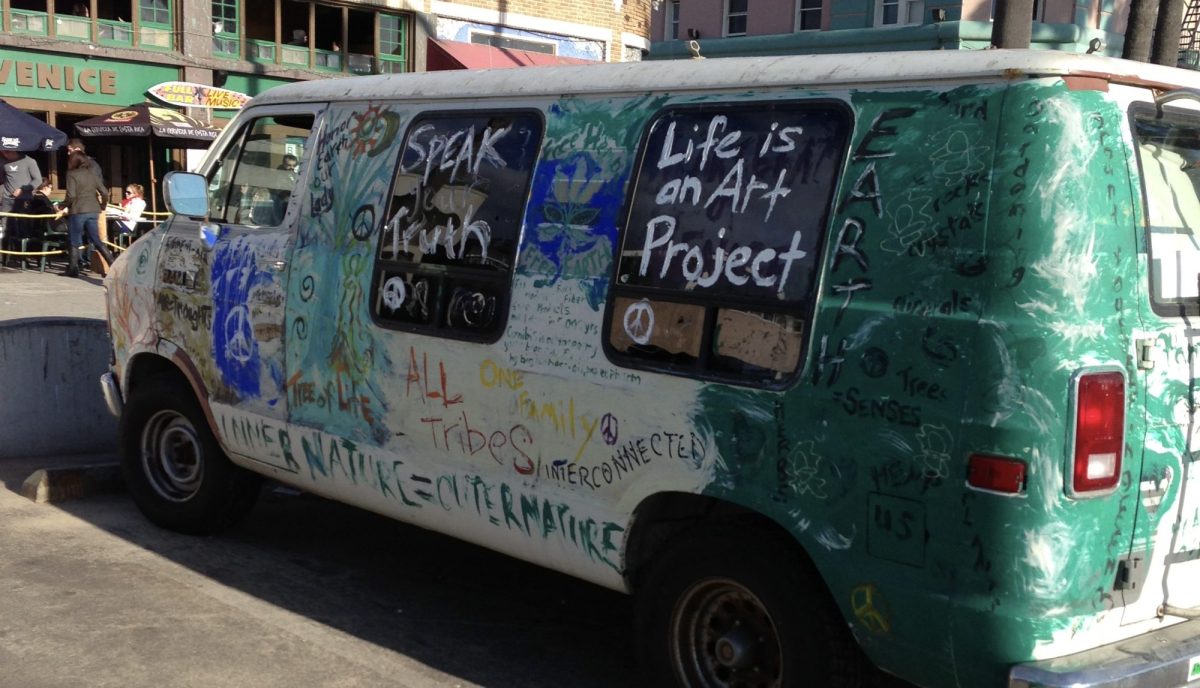A simple equation
Organisational Behaviour 101 tells us that high performance comes from capability x capacity (i.e. resources) x will.
Capability within our industry to create great art and deliver positive social outcomes exists – we have the knowledge and talent and evidence.
But the will of the decision-makers among our funders and investors to create operational capacity appears somewhat parlous – that is, real will that delivers real sector-wide change. Will, backed by cash. Rhetoric so often spruiked about the arts being the valued threads of the fabric of society, is palpably tiresome, particularly when those threads are made from the fibres of the creative arts workers who, at last count, according to Support Act’s recent report, were working for an average gross wage (even when other sources of income are added) of $54,500 in the 2021-22 financial year, and 19.6% of respondents reported a take-home income from their creative work that sat below the poverty line for a single person.
This appears to be the model for a ‘sustainable’ arts industry. The threads are bare and the flesh of the artists and arts workers is weary and blatantly on show. And, if genuinely valued, would be appropriately supported, just as we support aged care workers, nurses, teachers, childcare workers and … arts infrastructure.
Earlier this year, $20 million was allocated for remediation works to the Albany Entertainment Centre yet, according to publicly available funding outcomes, the same centre was not successful in securing an $80,000 per annum grant to program art into the centre – bonkers!
This is not about handouts and it’s not necessarily about wage increases. It’s about creating opportunities (i.e. dollars for more jobs, for starters) that actually provide benefits to the daily lives of everyday people in our communities via the variety of avenues previously outlined.
The question remains, why aren’t these benefits to community (the ‘art stuff’ that weaves the fabric of society) recognised by government to the same extent as it assists other sectors that support our quality of life and make our communities safer and stronger? Why are the arguments we’ve used not having an effect on shifting the arts investment dial? A senior arts bureaucrat recently noted to me that the industry could benefit by a better understanding of how government budget allocations are made. Maybe most of us just don’t get it.
In a recent poll of WA Labor, one third of members said the top issue they wanted Labor to focus on is cost of living. Following cost of living, the things that matter most are: building more social and affordable housing, making record investment in hospitals, and reducing carbon emissions and investing in renewables. And who can argue with that?
However, a recent and welcome $3.88 million boost to 12 small-to-medium companies (averaging out at $167,000 per annum for two years) by the Federal Government represents less than 0.03% of the amount the fossil fuel industry was subsidised by State and Federal governments in 2023-24, the equivalent of $27,581 for every minute of every day.
Similarly, $23 million of the arts budget that the West Australian Department for Local Government, Sport and Cultural Industries administers is derived from lottery ticket sales – not Treasury. This could be easily interpreted as meaning ‘it’s OK to invest in arts and culture, as long as it’s not at the cost of other essential functions of society’ (i.e. those that draw directly on tax-payer funds).
All this in a state in which the Premier recently declared, “The arts is crucial to mining” – positively couched in discussion about the ‘interconnectedness’ of arts with everything else in WA.
It is ironic that as storytellers the narrative of arts investment is so often unknown or worse still misunderstood by those indirectly connected with the arts industry.
Or is it the scarcity mentality that pervades the subsidised arts industry that is our undoing?
Lateral violence is an anthropological concept active in societies that commonly suffer hardship. It occurs within marginalised groups where members strike out at each other as a result of being oppressed. The oppressed become the oppressors of themselves and each other. As an industry, are we cannibalising our own opportunities?
Not only is there internal competition, but we are also competing with other (often better organised) sectors that contribute significantly to the ‘fabric of society’.
So here’s the rub.
Education, health, homelessness, domestic violence, environment, policing, defence, cost of living … arts and culture.
Pick your priority.
And yet we can argue a case in any one of these areas, and many more, that the arts can and do make a difference. As former Melbourne and Perth Festival Director Jonathan Holloway says, the arts won’t cure cancer, but they will make life worth living.
But maybe the issue is not so competitive or binary – arts or health, arts or defence, arts or environment etc. Many in the advocacy space already recognise this. That the arts contribute to all these issues is the oft used rationale on which we debate, lobby, advocate, argue and defend the industry and the investment in it. But therein lies the dismantling of art for art’s sake – the inherent value of aesthetic quality – the thing that moves us, and feeds our souls as humans, and creates our national identity.
These national and international arts events have underscored that current investment is barely scratching the surface of what the arts can achieve for our society. In a highly competitive funding environment, using our current arguments, arts investment is often relegated to the bottom of the list behind other priorities.
As we steam towards another federal election these are critical questions.
In a situation of difference, or maybe indifference, how do we meet?
In the context of a divisive world, our sector is uniquely positioned to foster the difficult conversations we need as a nation.
This is the third and final part of this article. To read the first and second parts.





